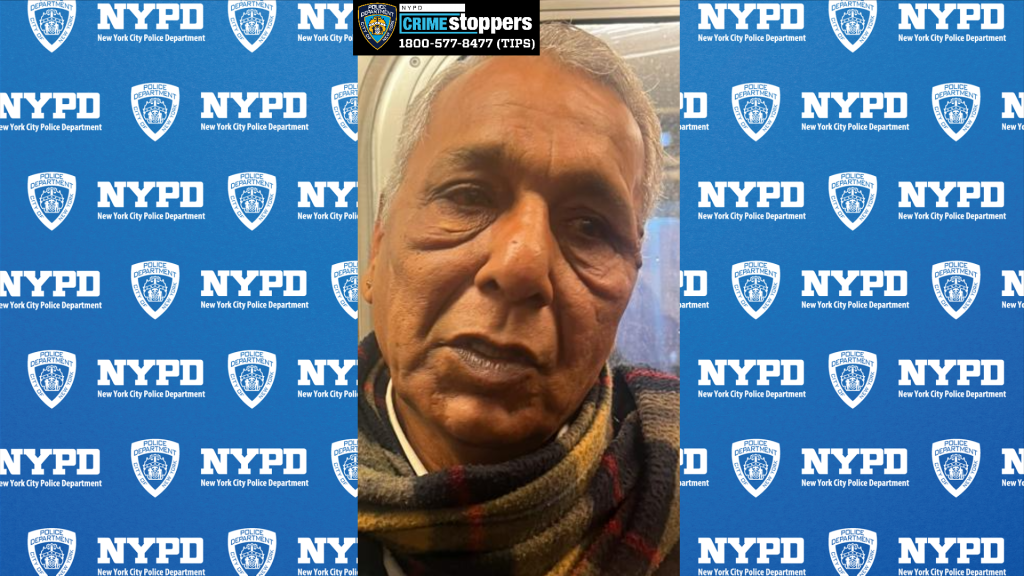In recent years, Mayor Michael Bloomberg and Deputy Mayor Daniel Doctoroff have made major efforts to encourage and help private sector investors carefully and sensitively redevelop the Flushing area.
Starting with the creation of the Downtown Flushing Framework, the city's blueprint for the re-development of Flushing, and followed by the Municipal Parking Lot and Willets Point development initiatives, the transformation of Flushing has finally begun.
Downtown Flushing is one of the busiest and most complicated transportation hubs in the country. Over a hundred thousand people pass through this community daily by bus, subway or train.
This transportation network will need to respond to Flushing's growth and improvement, but sadly, a large part of the infrastructure of this mass transportation network is outdated or simply dysfunctional. The Flushing station of the Long Island Rail Road (LIRR) is the worst example of this dysfunction.
A mid-point connection between Manhattan and Long Island on the affluent Port Washington line and a transfer point to the city's subway and bus lines for commuters from outside of Flushing, the LIRR station can barely serve the community with just basic functions because of physical and design problems including:
• There are two very separate entrances with steep stairs to and from the in and outbound train platforms. These stairs are difficult for the elderly and handicapped to use, and do not comply with city building code or Americans with Disabilities Act (ADA) regulations.
• The existing platforms expose passengers to severe weather.
• Transferring passengers find little or no signage on platforms or stairwells.
• The existing ticket booth is hard to find and has poor signage too.
The station abuts two very important city-owned community facilities - Municipal Parking Lot #2 and Bland Playground. Each facility is isolated from one another and each one has its own problems.
The chaos of 41st Street's businesses - delivery trucks loading and unloading - coupled with the traffic congestion, public littering and dumping exacerbate the shabbiness of the area.
After the city issued the Downtown Framework, the train station improvement was an initiative all local entities embraced. Now is the time for city, community and local business leaders to work together to redevelop this overlooked and critical piece of downtown Flushing. Here are some suggestions that we believe are needed to solve the problem rather than make cosmetic improvements:
• Build a station concourse and/or ticket booth and connect two platforms.
• Punch Prince Street through the playground and connect 40th Road into 41st Avenue. This will ease traffic congestion, help pedestrians and provide an open space for the community.
• Build a structural garage in Municipal Parking Lot #2 with street level retail.
Our downtown Flushing station is an eyesore and serves as a negative statement of an older, less attractive area. A beautiful and functional station will give passengers the feeling that they have arrived on the doorstep of a vibrant and functional community.
Just as Grand Central Station is the gateway to Manhattan, on a smaller scale the LIRR station should be the gateway to Flushing.
Michael Meyer is the President of TDC Development, LLC. Howard Hsu, Vice President of Planning and Design, TDC Development, LLC.



































